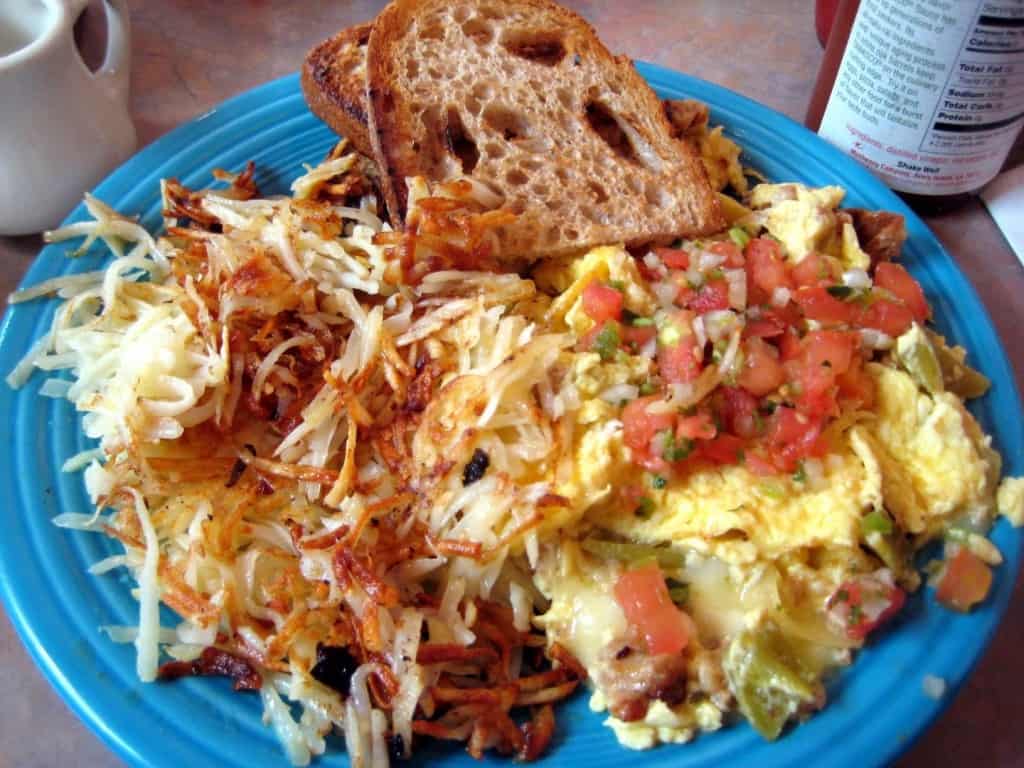
Why Our Portions Are Out of Control
Whether you’re ordering room service, getting a meal for one, or eating at the local restaurant, food portions are getting larger.
The joke about pizza restaurants making salads orders from Family Guy comes to mind:
Prepared food from restaurants are often served in plates sizes large enough for two people, easily doubling the number of calories in the dish. Choosing dessert after your entree would push you past your daily caloric intake.
Many restaurants still do not display servings sizes, which can mislead patrons into how calories they’re consuming.
In general, regularly eating food prepared outside your home can lead to unwanted fat gain.
With the power of today’s broadband internet and access to smartphones, we’re able to educate ourselves on dieting and nutrition information without the expertise of a licensed dietician or nutritionist.
With unhealthy food becoming more affordable over healthier options, portion control training is going to be needed to manage the obesity epidemic.
With nearly any diet you can think of, portion control will always have a higher priority over what kinds of foods you eat.
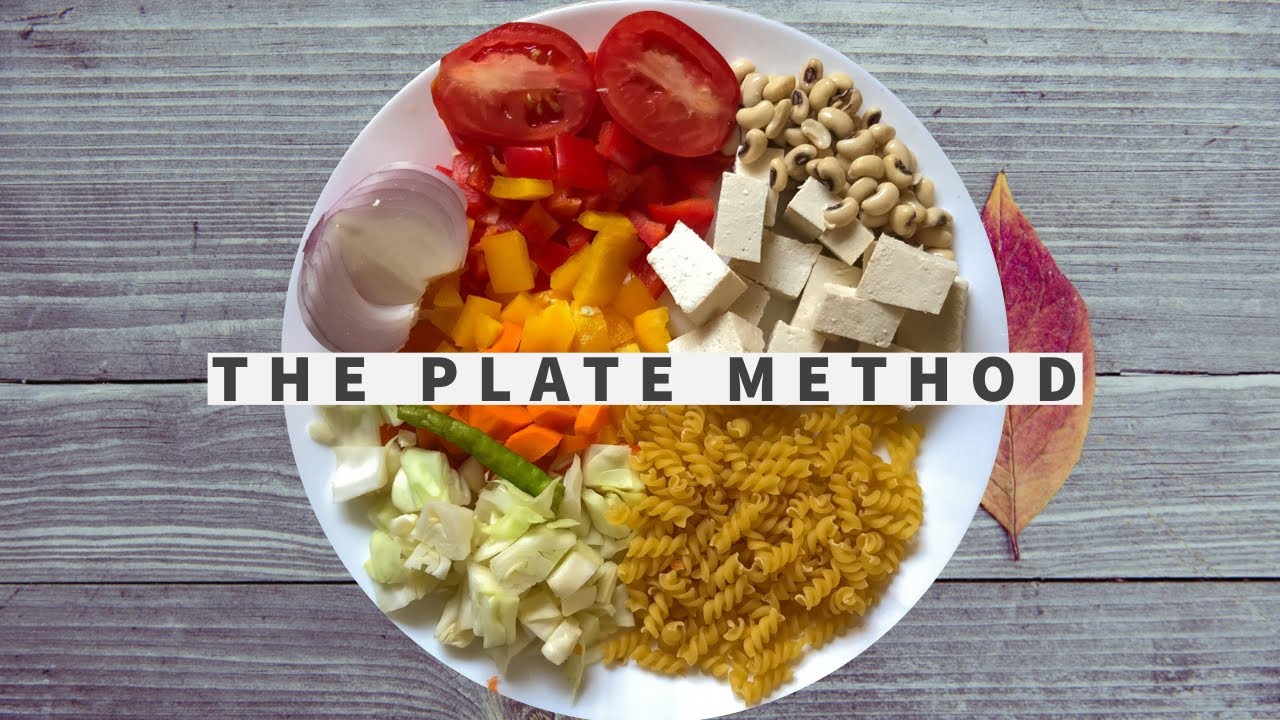
How to Use The Portion Sizing Method
Before you can portion your food, you have to understand the basic food categories.
These are separated into either protein, carbohydrates, or fats
Now that we recognize the categories of food, we need to associate the portion of food to a serving size. If we assign the food group serving to a sport object, it would help us calculate calories quickly:
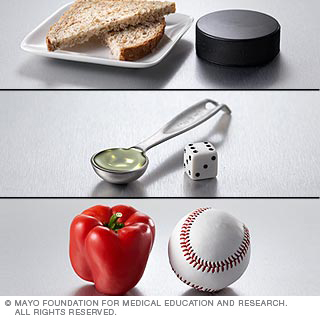
In the example above, carbs, fats, and legumes (fiber) is assigned to a sports object. You can calculate calories faster this way by mirroring the size of food to the sports object.
This is the serving size amounts for all the food groups:
Sports Object Food Group Calories (1 SVG)
Hockey Puck Carbs 70
Dice Fats 45
Baseball Legumes (Fiber) 25
Card Deck Protein 110
So if you could visually ‘cue’ any plate of food and figure out how many calories there are?
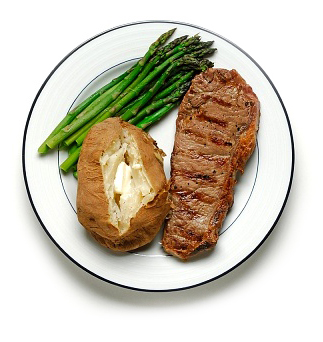
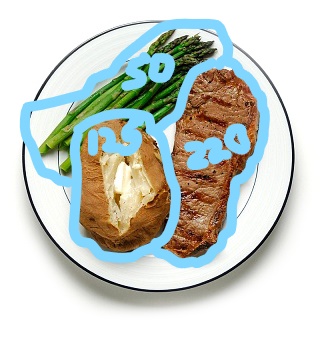
Using visualization, you can use sports cues to get a rough idea of what you’re eating. When you look at the plate on the left there two servings of asparagus (non-starchy vegetables), about two servings of potato (carbs), and one serving of butter (fats).
Associating a sport object to portions of food can help you estimate your food calories when you don’t have access to a food calorie app. This plate can be estimated to be around 400-500 calories, considering it hasn’t been cooked in any starches or oils.
Eating out often makes estimating calorie portions difficult, but can work wonders managing fat loss and controlling your appetite.
The Wrap Up
Portion sizes are still important to maintain excellent health and maintain lower body fat levels. When you feel like you’re gaining too much food from dining out, use visual cues to estimate how much food you need and what you should eat later. Keep practicing these visual cues until you get better with time.
What else do you want to know?
Why You Need To Have a Food Log
How 3-D Imaging Can Help With Fat Loss
How Much Protein Do You Need to Consume for Fat Loss?

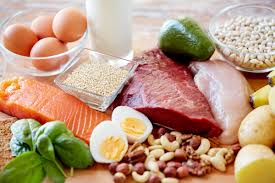
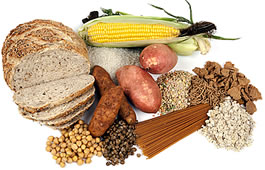
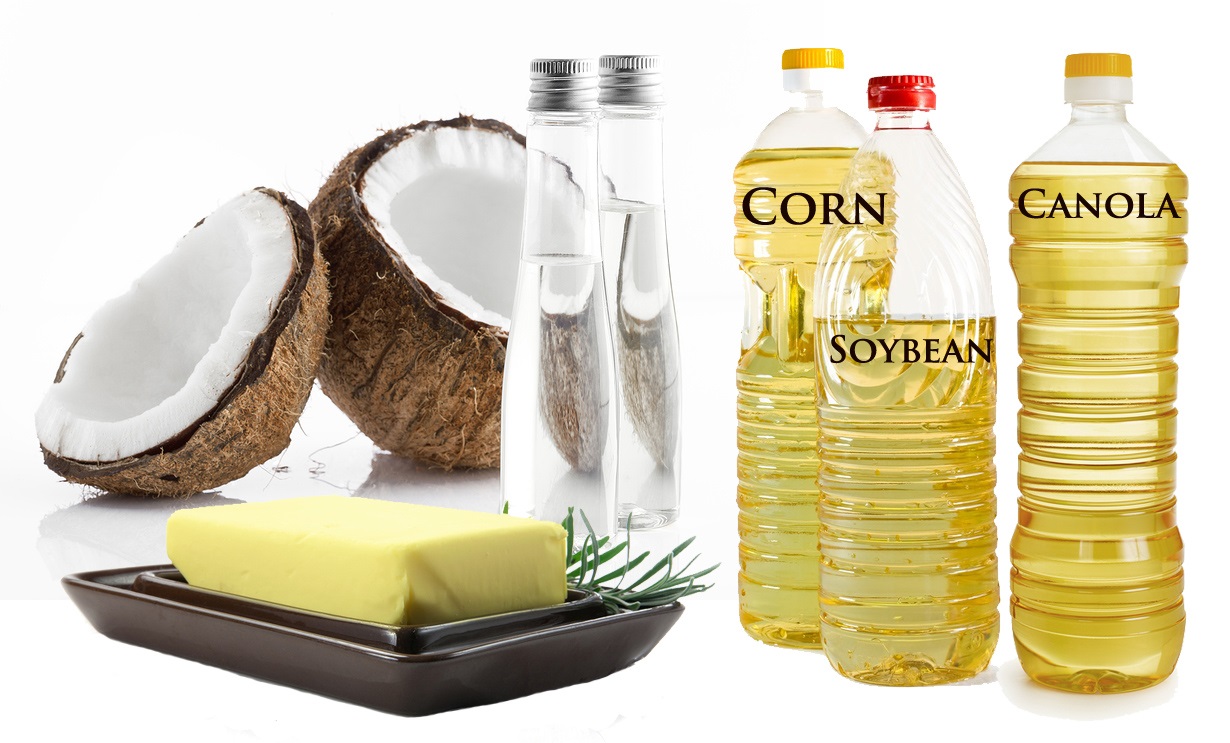
Leave a Reply
You must be logged in to post a comment.